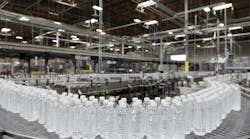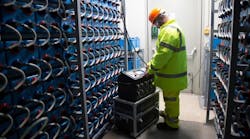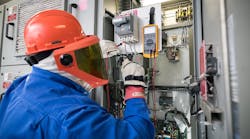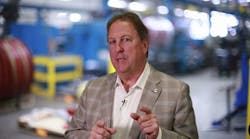Excess harmonics will cause all sorts of problems. But where do these come from?
The greatest contributors to harmonics are lighting circuits with electronic controls. Lighting accounts for about half of all electrical power consumption.
And more than half of that power is controlled by a type of switching mode switching mode power supply (SMPS). So about 30% or more of all electrical power contains harmonics.
The next largest contributors are computers. Any single-phase device that contains an SMPS will cause high levels of 3rd harmonics. The 3rd harmonic causes the greatest amount of distortion.
With industrial settings, lights and computers may account for 70% of the total load. Non-linear 3-phase drives (AC or DC) are usually less than 20% of the total load. Line conditioning equipment causes distortion on the AC line while protecting computers.
The third largest contributors are motors. Motors are increasingly controlled by variable speed drives, which contribute to harmonics except when a given drive is harmonics-corrected. Many are also power factor corrected.




